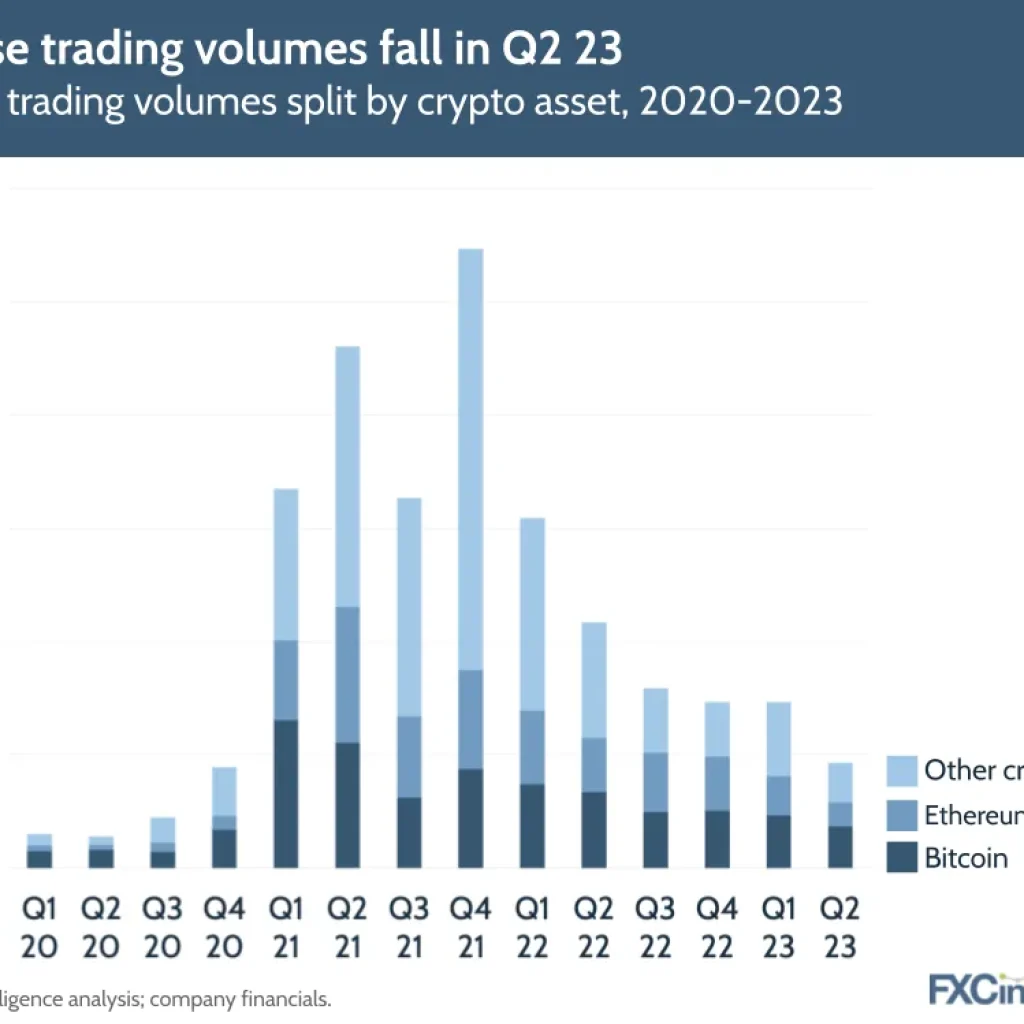The world of crypto is known for its dramatic ups and downs, yet the latest courtroom revelations surrounding the financial powerhouse FTX are worthy of their own cinematic screenplay.
The drama takes a dark turn as Caroline Ellison, former CEO of FTX’s trading arm, Alameda Research, steps into the spotlight, revealing questionable practices that might have led to the company’s eventual downfall.
Ellison’s Damning Testimony
Caroline Ellison, once the driving force behind FTX affiliate Alameda, didn’t mince words during her courtroom revelations. For anyone following the case, Ellison’s testimony was akin to the final act of a Shakespearean tragedy.
The former executive delved into the murky waters of financial manipulation, where she claimed that Sam Bankman-Fried, the face of FTX, instructed his team to create multiple balance sheets.
These alternative ledgers allegedly concealed significant funds: an eye-watering $4.6 billion directed to Bankman-Fried and other high-ranking FTX personnel.
But Ellison’s revelations didn’t stop there. The drama intensified as she discussed an altered version of Alameda’s balance sheet, which portrayed the company’s assets in a more favorable light.
This allegedly doctored document was presented to Genesis, a crypto lender, during a tumultuous period in the sector.
As per Ellison, concealed within this ledger was the covert borrowing of $10 billion from unsuspecting FTX customers. Ellison’s disclosure, coupled with the presence of an edited spreadsheet shown to the court, further muddied the waters for FTX.
FTX’s House of Cards
FTX’s facade began to crumble shortly after these dealings, unveiling a staggering multibillion-dollar deficit. The aftermath? The implosion of Genesis’s lending arm, which left creditors grappling with over $3 billion in debts.
Ellison’s intimate relationship with the defendant, Bankman-Fried, added another layer of complexity to the narrative.
A mixture of personal and professional tensions bubbled over as she spoke of her overwhelming dread following the submission of the modified balance sheets.
Her fears seemed rooted in the potential exposure of the concealed loans and the illicit utilization of vast customer funds by Alameda.
The tale took an international turn when Ellison implicated Bankman-Fried in a dubious bribery scheme connected to China. The allegations suggest that Bankman-Fried sanctioned a hefty $150 million payment to Chinese officials.
The aim? To unblock approximately $1 billion tied up in local crypto exchanges as part of an ongoing money laundering investigation. This act, according to Ellison, was a desperate bid following failed counter-trading attempts, cloaked under the unlikely pseudonym of “Thai prostitutes.”
Throughout her testimony, Ellison repeatedly portrayed Bankman-Fried as a mastermind orchestrating massive financial gambits with FTX’s customer funds. His methods? Always staying one step ahead, keeping activities out of the public eye, and evading journalists, investors, and regulators.
But perhaps the most compelling element of Ellison’s narrative was Bankman-Fried’s apparent penchant for ephemeral messaging. By her account, he encouraged his team to utilize fleeting communication, the digital equivalent of whispering secrets in the dark.
Despite the heavy accusations, the former FTX tycoon has maintained his innocence, fervently denying all allegations. His opportunity for rebuttal is on the horizon, with his legal team preparing to cross-examine Ellison.
Bankman-Fried’s moral stance, as portrayed by Ellison, seems unorthodox at best. He purportedly argued that conventional justifications for ethical principles such as honesty and integrity were flawed.
In the grand tapestry of crypto controversies, this saga stands out. At its heart is a fierce, outspoken whistleblower, determined to speak her truth regardless of the consequences.
Whether FTX’s legacy can survive this tempest remains to be seen. But one thing’s certain: the crypto world will never view FTX in the same light again.





